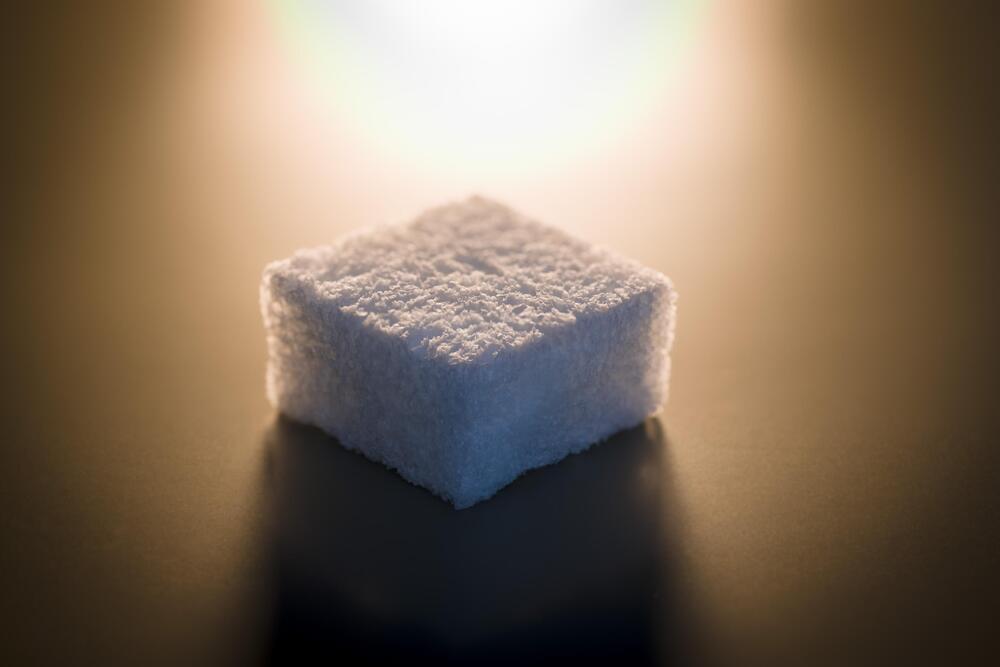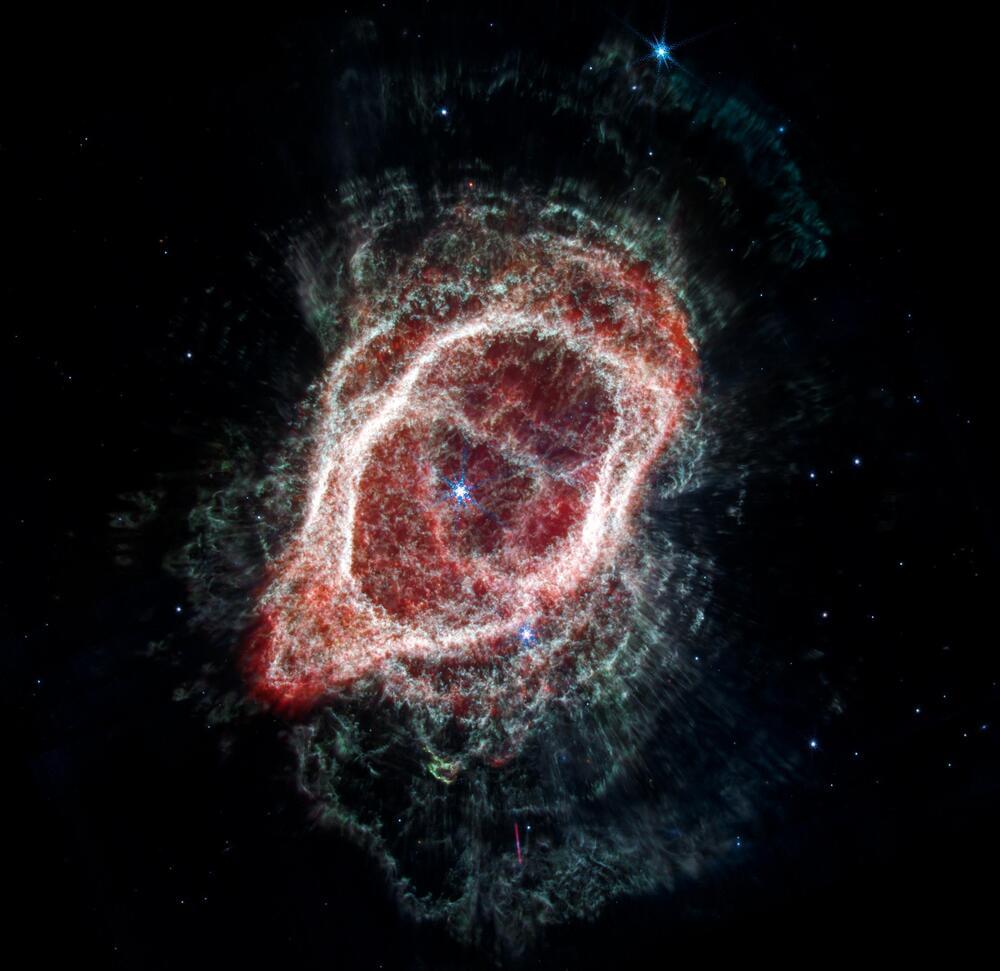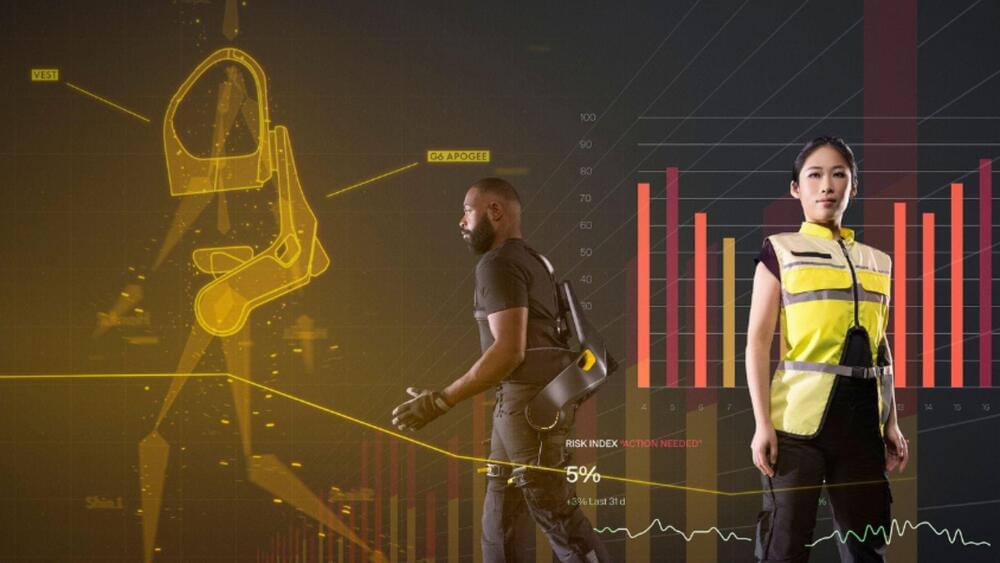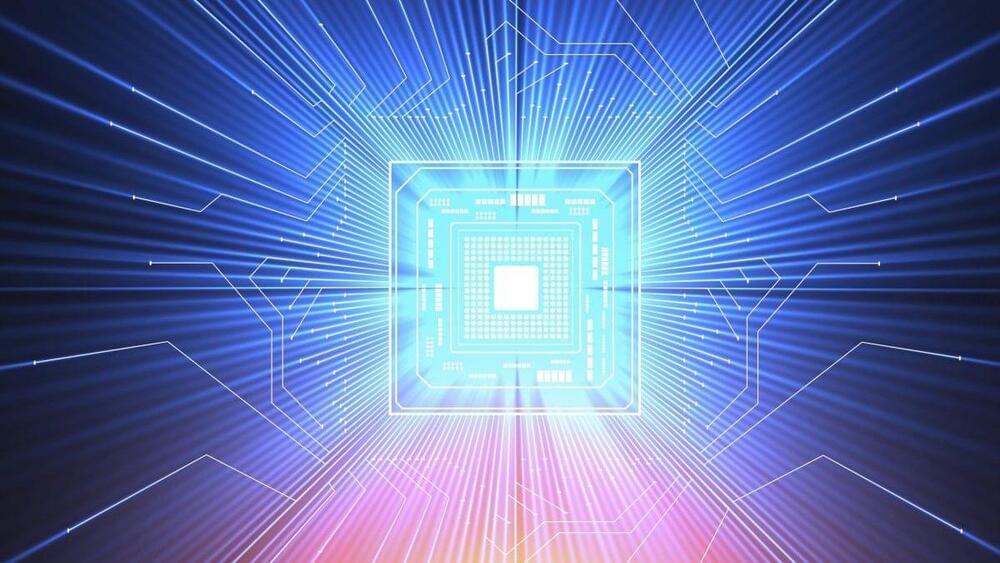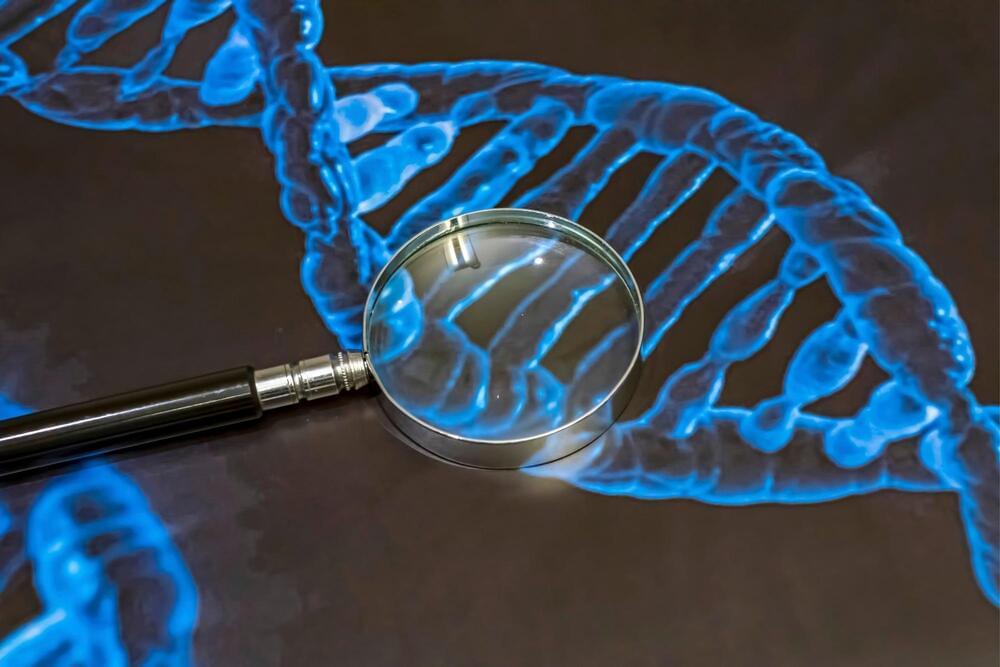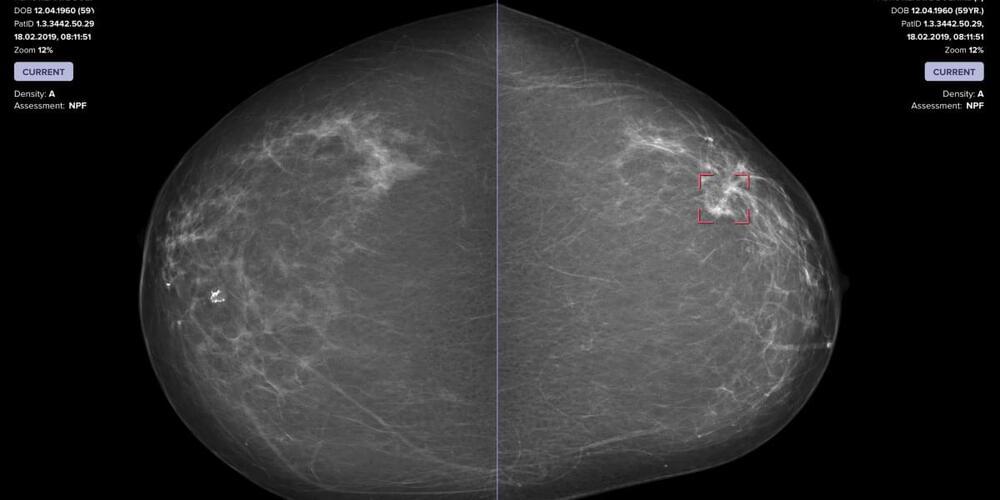Year 2022 😗
Plastic foam like Styrofoam is a ubiquitous, harmful and nearly immortal single-use material that is long overdue for a good, green replacement — and Cruz Foam is here to supply it. The startup creates a durable yet backyard-compostable packing foam out of shrimp shells produced (and discarded) by the seafood industry. It recently extended its seed round to accommodate the interests of Leonardo DiCaprio and Ashton Kutcher, and is scaling up to meet the demands of its first major customer, Whirlpool.
I met Cruz Foam co-founder John Felts during the memorable Accelerator at Sea hosted by the Sustainable Ocean Alliance. His pitch made perfect sense: create a biodegradable alternative to expanded polystyrene (EPS) foam using a material provided in abundance by nature.
This material, chitin, makes up the shells of shrimp, crabs and other crustaceans in and out of the sea. It’s tough and versatile but, like any part of a living creature, decomposes quickly and safely. Best of all, it’s produced in enormous quantities by the seafood industry — there are really almost no uses for the stuff, so thousands of tons of shells pile up outside shrimp processing plants, most of which ends up going to landfills. People are literally paying someone else to take this stuff.
